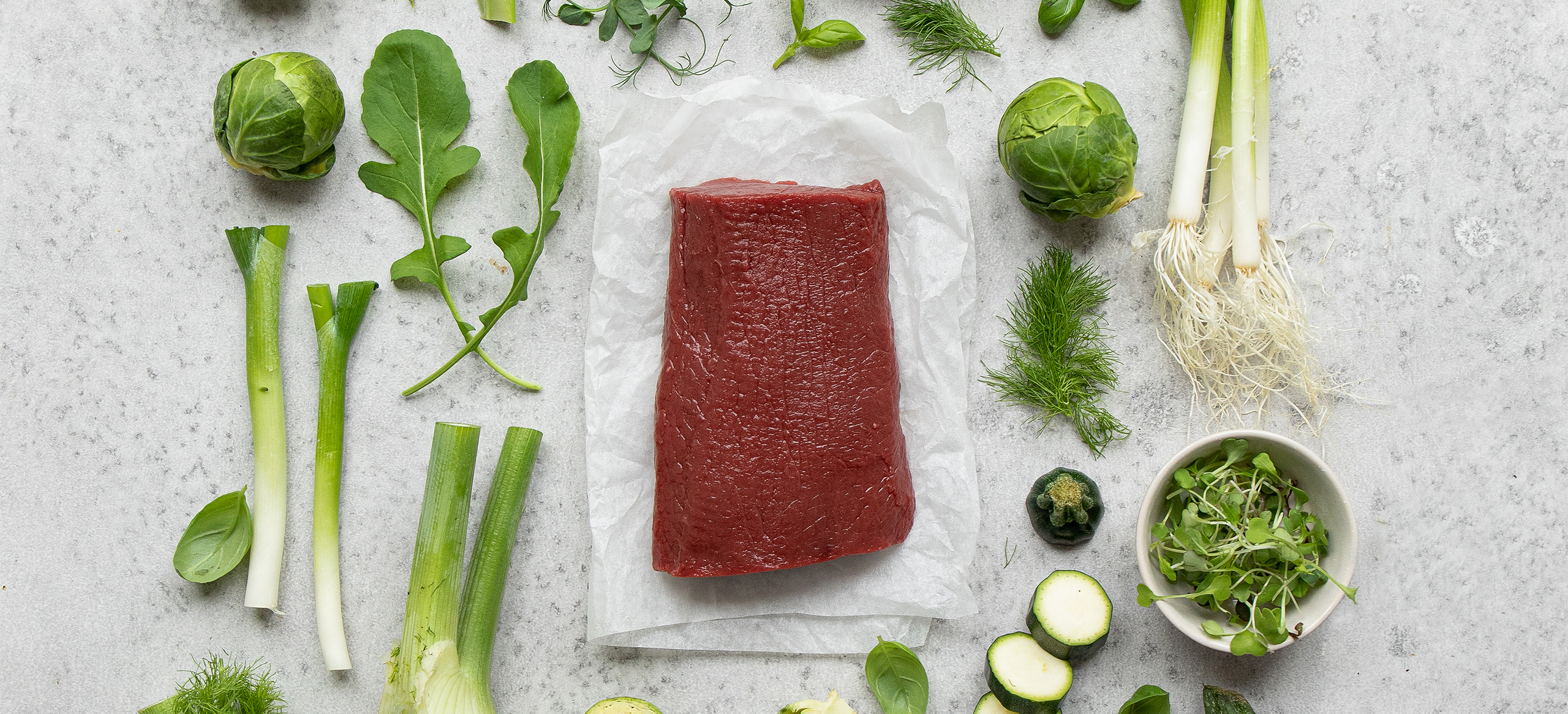How to Increase Iron Absorption Through Smart Food Pairings
Iron is a vital nutrient that keeps the body energized, focused, and resilient. It plays a central role in carrying oxygen through the blood, supporting metabolism, and boosting immunity. Yet even when people consume iron-rich foods, not all of it is absorbed by the body. The efficiency of iron absorption depends not only on how much iron is consumed but also on what other foods and drinks accompany it.
By understanding how different foods interact, you can maximize your iron intake and support long-term health.
Heme vs. Non-Heme Iron
Iron comes in two main forms:
- Heme iron – Found in animal-based foods like red meat, poultry, and fish. It is absorbed efficiently by the body (15–35%).
- Non-heme iron – Found in plant foods such as beans, lentils, nuts, seeds, and leafy greens. It is less readily absorbed (2–20%), but still valuable when eaten with absorption boosters.
Because non-heme iron is less bioavailable, those following vegetarian or plant-heavy diets need to be especially mindful of how to pair foods to optimize absorption.
The Power of Vitamin C
One of the simplest and most effective ways to enhance iron absorption is to pair iron-rich foods with vitamin C. Vitamin C reduces non-heme iron into a form that is easier for the body to take in.
Great venison pairings or high vitamin C dishes include:
- with tomatoes, in a Bolognese sauce
- with baked stuff red peppers (one of the richest sources of vitamin C)
- chili, topped with salsa
- Turkish flatbreads, with a squeeze of lemon
Even small amounts of vitamin C—such as half a cup of fruit or vegetables—can significantly improve iron uptake.
Meat as Enhancers
Animal proteins not only provide heme iron themselves but also enhance the absorption of non-heme iron eaten at the same meal. This “meat factor” is not fully understood but is thought to involve certain amino acids and peptides that improve absorption.
Examples:
- Adding venison to a chickpea salad
- Serving venison alongside beans or lentils
- Pairing venison with spinach or kale
This is particularly useful for mixed diets, where plant and animal foods can complement each other.
Avoiding Iron Blockers
Just as some foods boost absorption, others can hinder it. These are often referred to as “iron inhibitors.” Consuming them in large amounts alongside iron-rich meals can reduce how much iron your body absorbs.
Common inhibitors include:
- Tannins in tea and coffee – These bind to iron, reducing absorption.
- Calcium – Found in dairy products and supplements, calcium competes with iron for absorption.
- Phytates – Present in whole grains, legumes, nuts, and seeds, phytates can block iron uptake.
- Polyphenols – Found in certain vegetables, cocoa, and some herbs.
This doesn’t mean these foods should be avoided entirely, but it’s wise to time them strategically. For example, enjoy tea or coffee between meals rather than with them, and avoid taking calcium supplements at the same time as an iron-rich dish.
Cooking and Preparation Methods
How foods are prepared can also influence iron absorption:
- Soaking, sprouting, and fermenting grains and legumes – These methods reduce phytate content, improving iron availability.
- Cooking in cast iron pans – Can increase the iron content of foods, especially acidic dishes like tomato sauce.
- Chopping or blending vegetables – Helps release more iron for absorption by breaking down cell walls.
Simple adjustments in the kitchen can make a big difference in bioavailability.
The Takeaway
Eating iron-rich foods is only half the story—absorbing that iron efficiently is just as important. Pairing plant-based sources with vitamin C, combining them with lean meats or fish, and being mindful of inhibitors like tea, coffee, and calcium can all make a significant difference. By making thoughtful food choices and meal pairings, you can ensure your diet delivers the iron your body needs to thrive.

